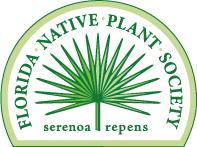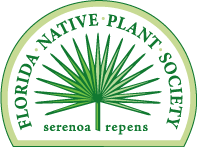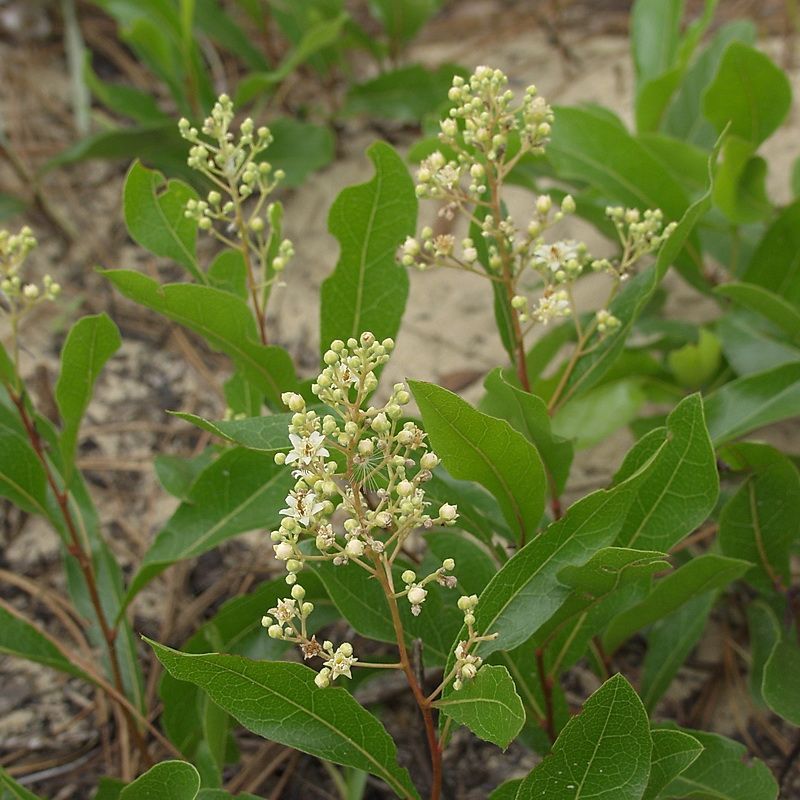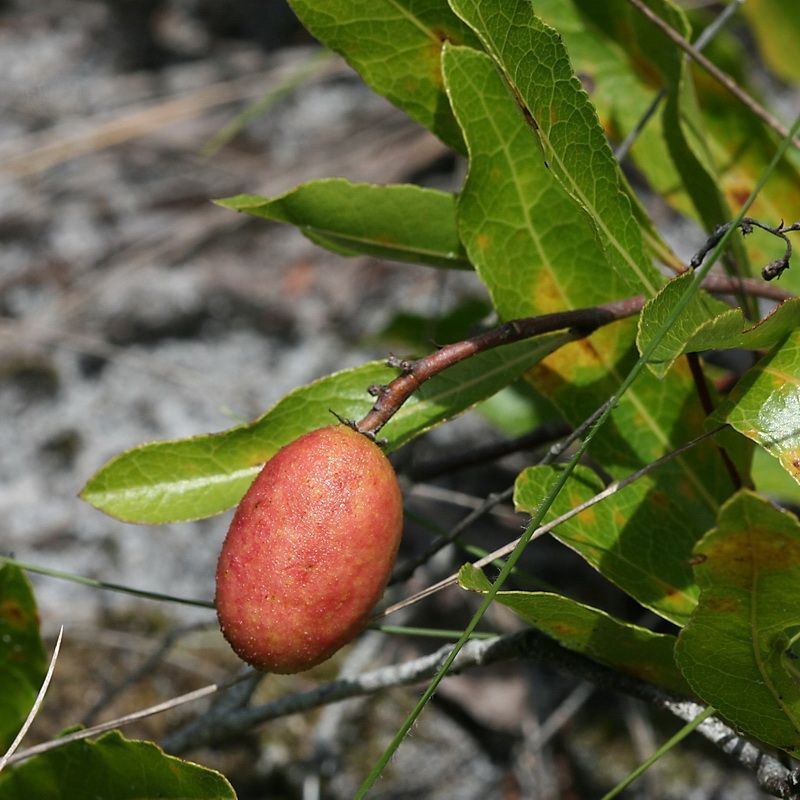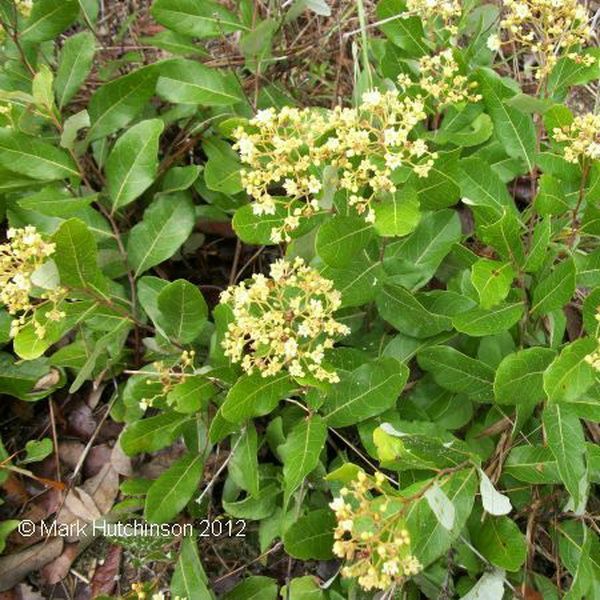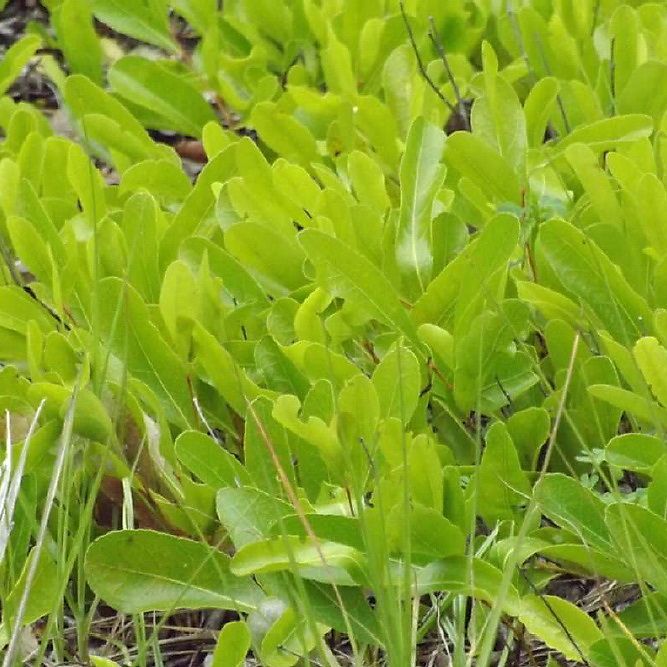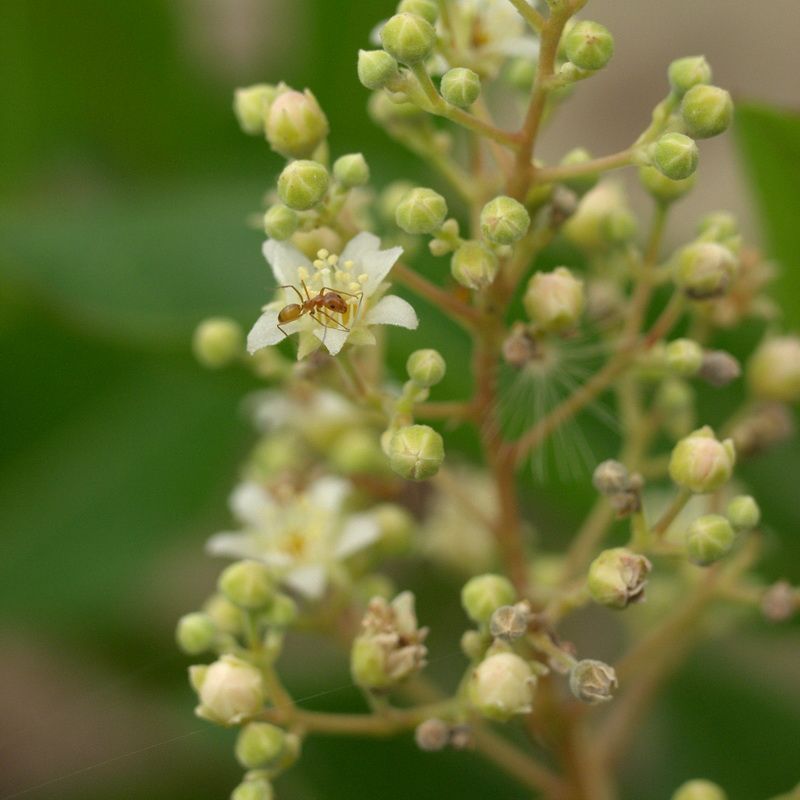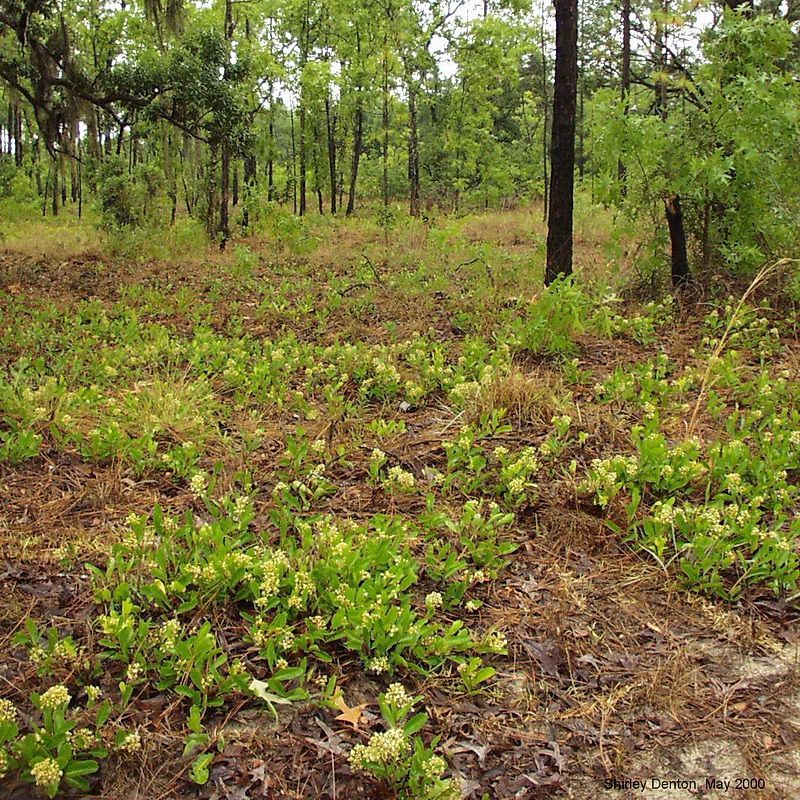FNPS Plant Database
Geobalanus oblongifolius
Nomenclature
Common Name:
Synonym(s):
Genus species:
Family:
Chrysobalanaceae
Plant Specifics
Form:
Size:
Life Span:
Long-lived perennial
Flower Color:
Fruit Color:
Phenology:
Noted For:
Landscaping
Recommended Uses:
Considerations:
Availability:
Propagation:
Light:
Moisture Tolerance:
Always Flooded---------------------------------Extremely Dry
□□□□□□□□□□□□□□□□□□□□□□□□□□□■■■■■■■■■■■■■■■
Not wet but not extremely dry -to- 1Stays wet
Salt Water Flooding Tolerance:
Unknown
Salt Spray/Salty Soil Tolerance:
Moderate. Tolerant of salty wind and may get some salt spray.
Soil or Other Substrate:
Sand
Soil pH:
Suitable to Grow In:
9A,9B,10A,10B,11

USDA zones are based on the average annual extreme minimum winter temperature.
Don't know your zone? Click here to search by zip code.
Ecology
Wildlife:
Butterflies including buckeyes, rattlebox moths, wasps, ants and bees use the flowers. Bees are the primary pollinators. Documented bees include Colletes sp. A, Agaposternon splendens, Augochlorella aurata, Augochloropsis metallica, A. sumptuosa, Dialictus nyinphalis, Sphecodes heraclei, Megachile brevispseudobrevis, Epeoluszonatus and Apis inellifera (Deyrup et al. 2002)
Fruits are eaten by small mammals and gopher tortoises.
Native Habitats:
Natural Range in Florida:
Visit the USF Libraries Atlas of Florida Plants
Comments:
Ethnobotany:
General Comments:
Citations:
Deyrup, Mark; Jayanthi Edirisinghe, and Beth Norden. 2002. The diversity and floral hosts of bees at the
Archbold Biological Station, Florida (Hymenoptera: Apoidea). Insecta Mundi. 544. https://digitalcommons.unl.edu/insectamundi/544
Haehle, Robert G. and Joan Brookwell. 1999. Native Florida Plants. Gulf Publishing Company. Houston, TX.
Huegel, Craig, N. 2010. Native plant landscaping for Florida wildlife. University Press of Florida, Gainesville, FL. (wildlife uses)
IFAS. https://gardeningsolutions.ifas.ufl.edu/plants/ornamentals/gopher-apple.html
Flora of North America. 2021. http://dev.semanticfna.org/Licania_michauxii
Nelson, Gil. 2003. Florida's Best Landscape Plants. Association of Florida Native Nurseries.
Osorio, Rufino. 2001. A gardener's guide to Florida's native Plants. University Press of Florida, Gainesville, FL.
Wunderlin, R. P., B. F. Hansen, A. R. Franck, and F. B. Essig. 2021. Atlas of Florida Plants ( https://florida.plantatlas.usf.edu/ ). Institute for Systematic Botany, University of South Florida, Tampa.
